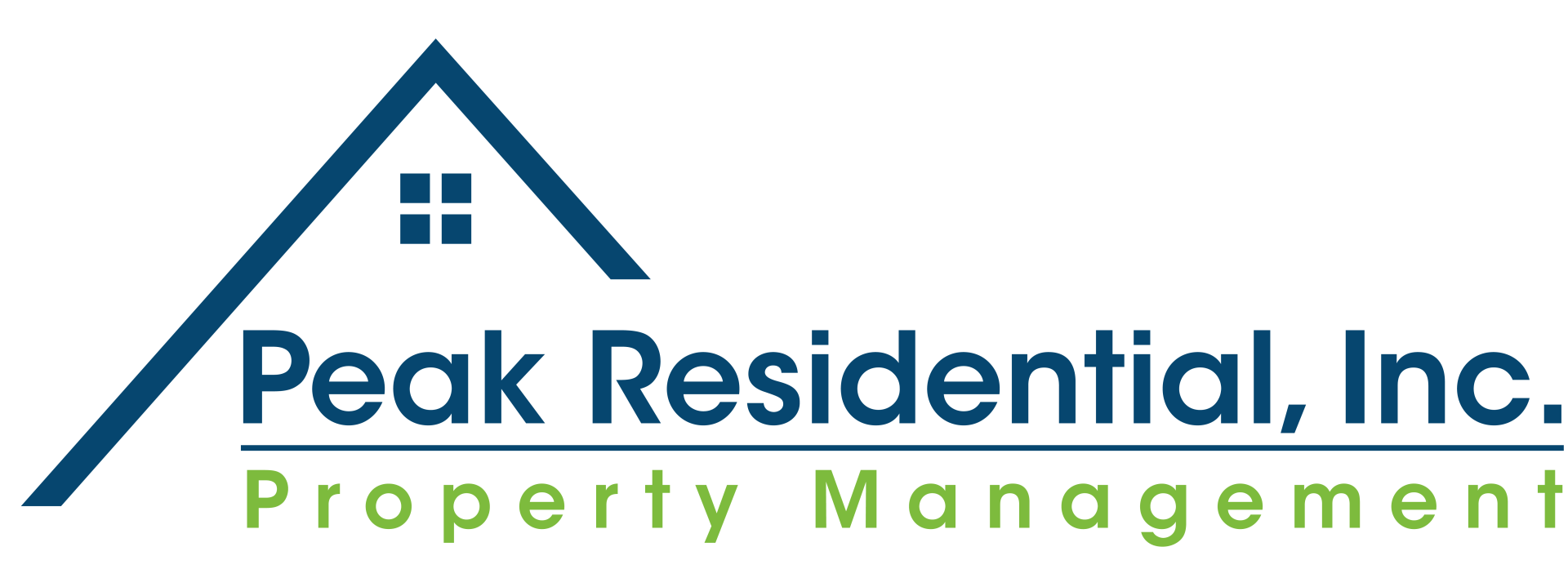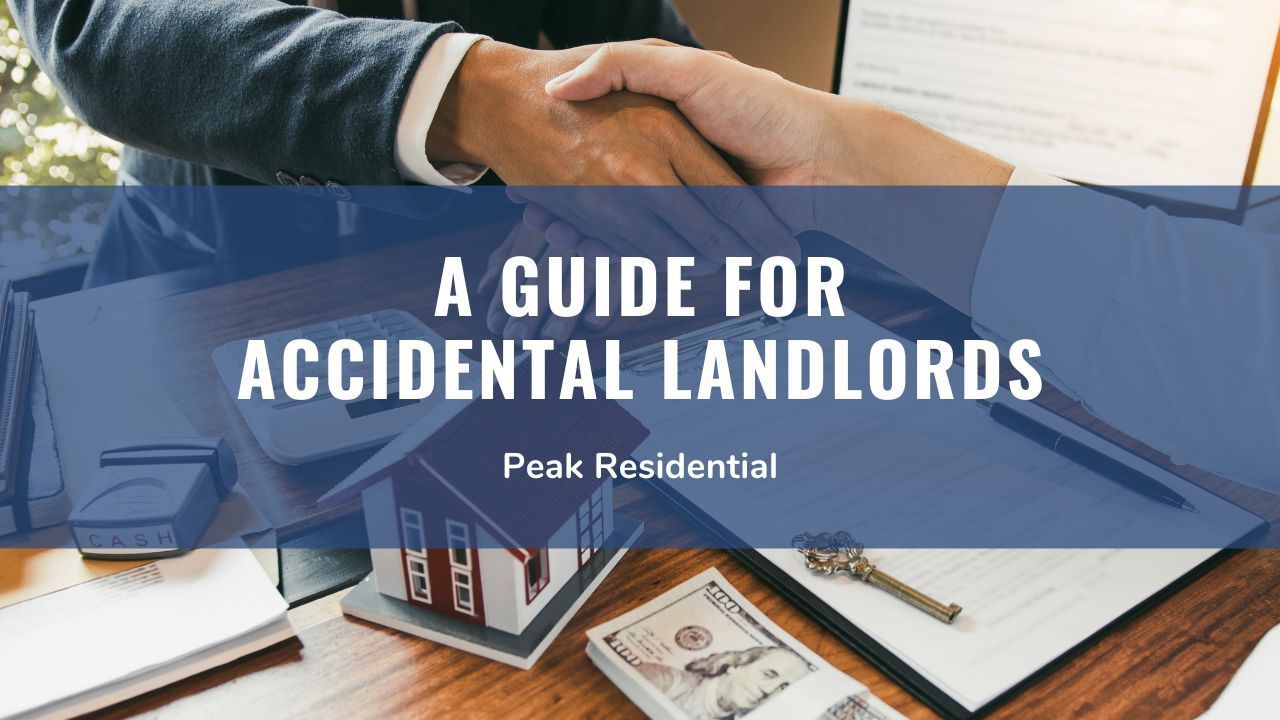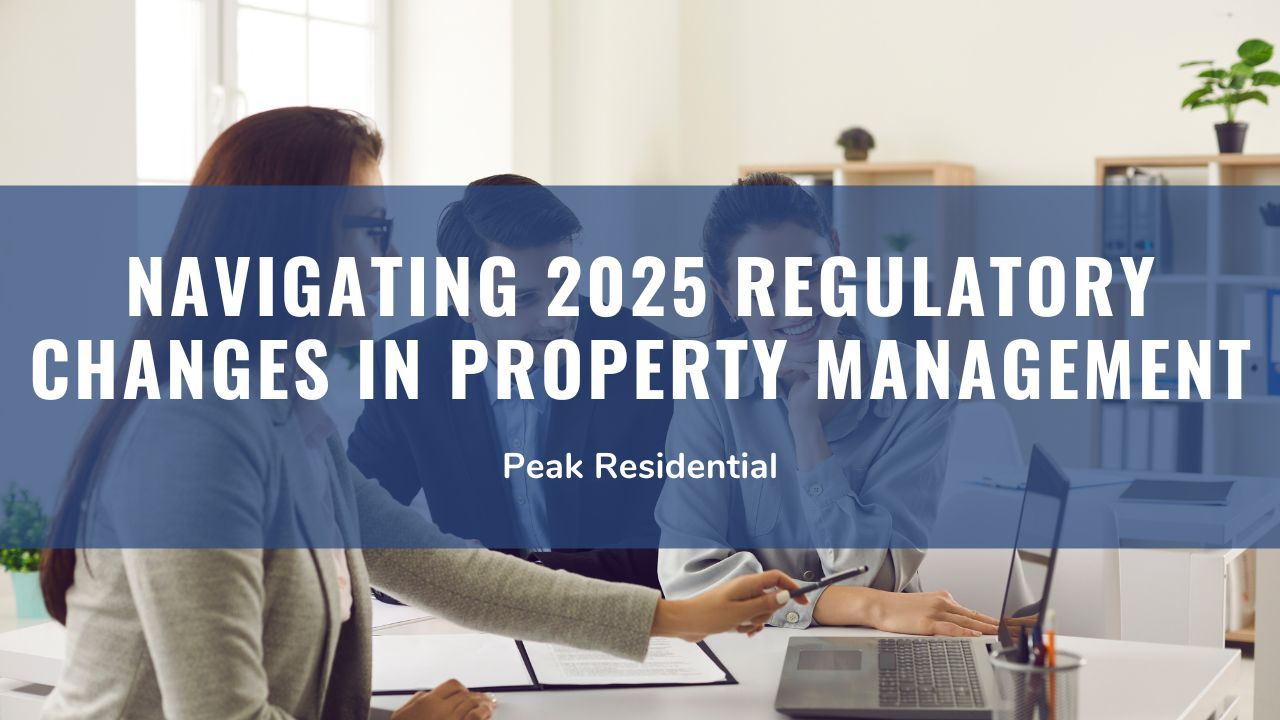The Lead-Based Paint Disclosure Form is a legal requirement under the Residential Lead-Based Paint Hazard Reduction Act of 1992, commonly referred to as Title X. This federal law aims to reduce exposure to lead-based paint hazards in residential properties.
Landlords are required to:
- Provide a Lead-Based Paint Disclosure Form to tenants.
- Share any existing reports or records related to lead hazards in the property.
- Distribute the EPA pamphlet titled Protect Your Family from Lead in Your Home.
The form must be signed by both the landlord and tenant, serving as proof that the required information has been disclosed.
Why is Lead Disclosure Important?
It ensures tenants are informed about potential lead hazards such as:
Protecting Health and Safety
Lead exposure can lead to severe health issues, including developmental delays, learning difficulties, and even neurological damage.
Young children are especially vulnerable, as they are more likely to ingest lead from peeling paint or contaminated dust. Disclosing potential hazards empowers tenants to take preventive measures, reducing the risk of exposure.
Legal Compliance
Failure to provide a Lead-Based Paint Disclosure Form can result in hefty fines, lawsuits, and potential voiding of lease agreements. Landlords who neglect this requirement not only endanger their tenants but also risk significant legal and financial repercussions.

Building Tenant Trust
Transparency about potential risks fosters trust between landlords and tenants. This can lead to better tenant relationships, longer leases, and fewer disputes.
Who Must Provide a Lead-Based Paint Disclosure Form?
The disclosure requirement applies Landlords and Sellers of properties constructed before 1978.
However, there are specific exemptions:
- Properties built after 1978.
- Housing with no bedrooms, such as studio apartments.
- Leases of 100 days or fewer, such as short-term vacation rentals.
- Properties that have been certified as lead-free.
Note that these exemptions may vary slightly depending on state regulations, so it’s crucial to confirm local laws and regulations.
Key Elements of the Disclosure Form
A proper Lead-Based Paint Disclosure Form includes the following components:
- Acknowledgment of Lead Presence: The landlord must disclose whether lead-based paint is present, not present, or unknown. If testing has been conducted, landlords should provide those results.
- Tenant Acknowledgment: Tenants must acknowledge receipt of the form, any related rental documentation, and the EPA pamphlet. Their signature on the form confirms their awareness of potential hazards.
- Agent Certification: If a property manager or agent is involved, they must sign the form to certify compliance with disclosure requirements.
- Retention of Documentation:Landlords must keep signed copies of the form for at least three years to demonstrate compliance in case of legal disputes.
Step-by-Step Guide for Landlords
Follow these steps in order to create a disclosure form:

1. Confirm Property Applicability
Determine whether the property was built before 1978. This can usually be verified through property records or building permits. If you’re unsure, consult a professional to inspect the property.
2. Gather Necessary Documentation
Obtain:
- A Lead-Based Paint Disclosure Form template.
- The EPA’s pamphlet Protect Your Family from Lead in Your Home.
- Any existing records or reports regarding lead-based paint hazards in the property.
3. Test for Lead-Based Paint (Optional)
If the presence of lead is unknown, consider hiring a certified inspector to test for lead-based paint. While not required, this can provide clarity and help you make informed decisions about remediation.
4. Complete the Disclosure Form
Fill out the form accurately. Ensure all sections are completed, especially those addressing the known or unknown presence of lead-based paint.
5. Provide the Form and Pamphlet to Tenant
Before new tenants sign the lease, give them the completed disclosure form and a copy of the EPA pamphlet. This step is critical, as tenants must receive the information before finalizing the agreement.
6. Retain Signed Forms
Keep a copy of the signed form for at least three years. This documentation is vital for protecting yourself against potential legal claims.

Common Mistakes Landlords Make
- Failing to Provide the Form on Time: The disclosure must be presented before tenants sign the lease. Offering it afterward could lead to noncompliance issues.
- Omitting Known Reports: Withholding known information about lead hazards can lead to severe legal consequences. Be transparent and provide all relevant records.
- Assuming Tenants are Aware: Even if tenants appear knowledgeable about lead hazards, landlords must still provide the required disclosures to meet legal requirements.
- Ignoring State-Specific Regulations: Some states, like California, have additional disclosure requirements. Always check local laws to ensure full
Final Thoughts
Lead-based paint hazards are a serious concern, particularly in older rental properties. By complying with the Lead-Based Paint Disclosure Form requirements, landlords can protect their tenants, their properties, and themselves.
Staying informed and proactive ensures that you’re not only meeting legal obligations but also fostering a safer and more transparent rental environment.
If managing disclosure requirements feels overwhelming, consider partnering with a property management company, like Peak Residential. Our expertise can save you time, reduce stress, and ensure your properties remain compliant.
Disclaimer: Please note that the information provided in this blog is intended for general guidance and should not be considered as a replacement for professional legal advice. Be aware that laws pertaining to property management are subject to change, and may render this information outdated by the time you read it.
















